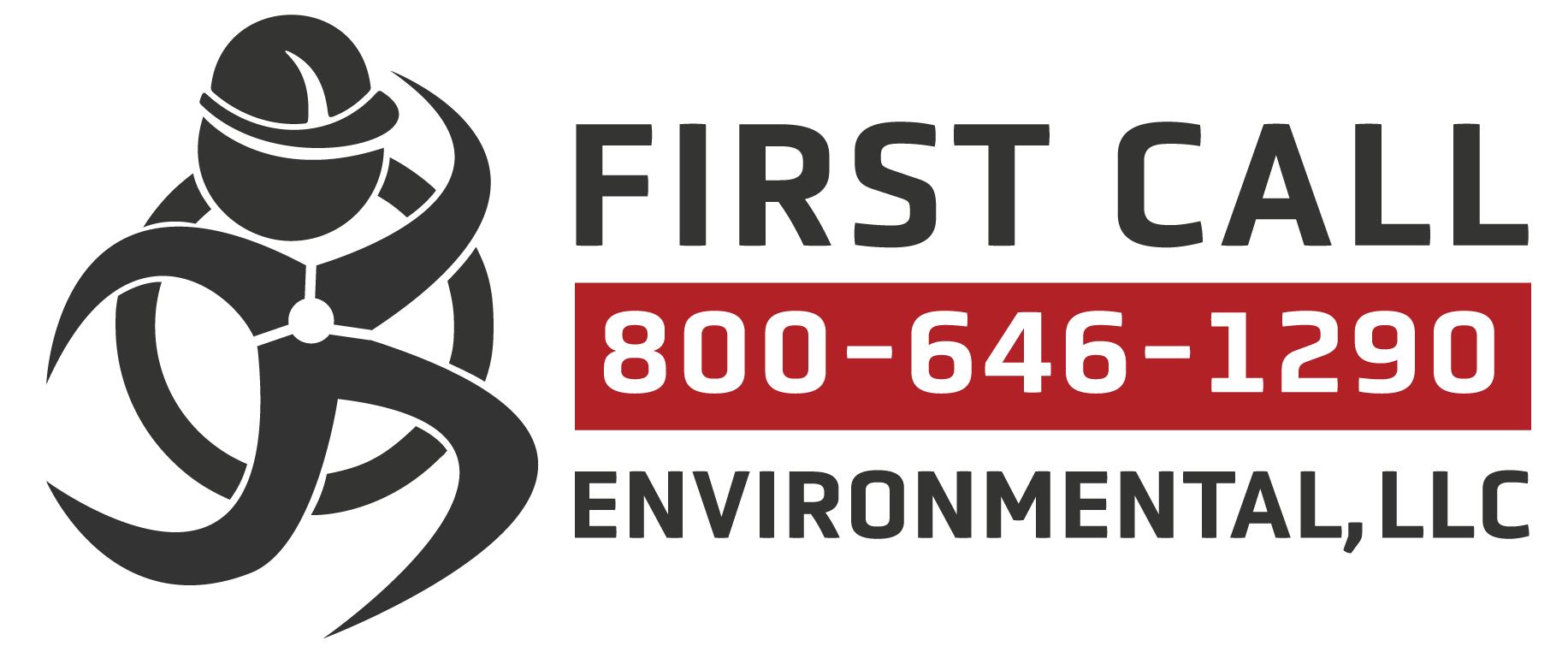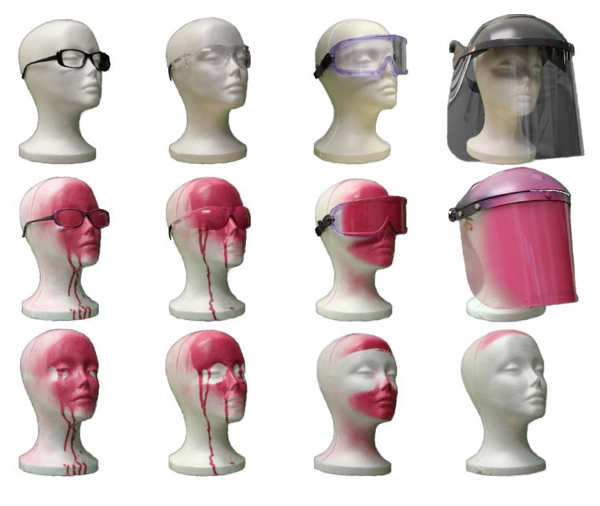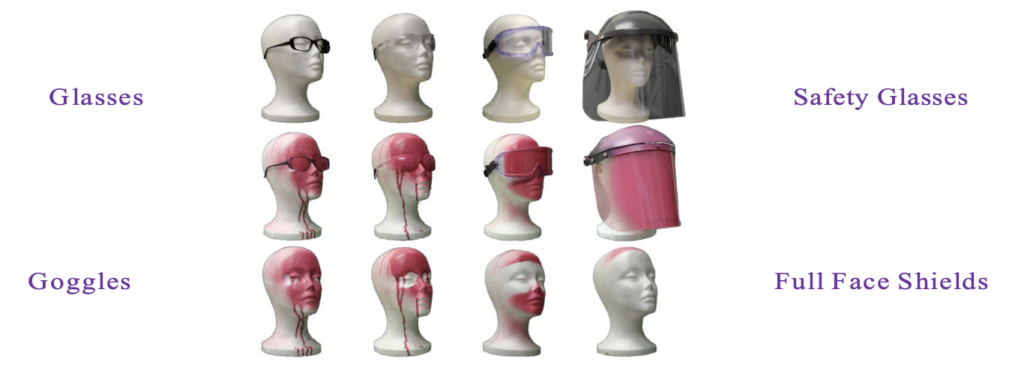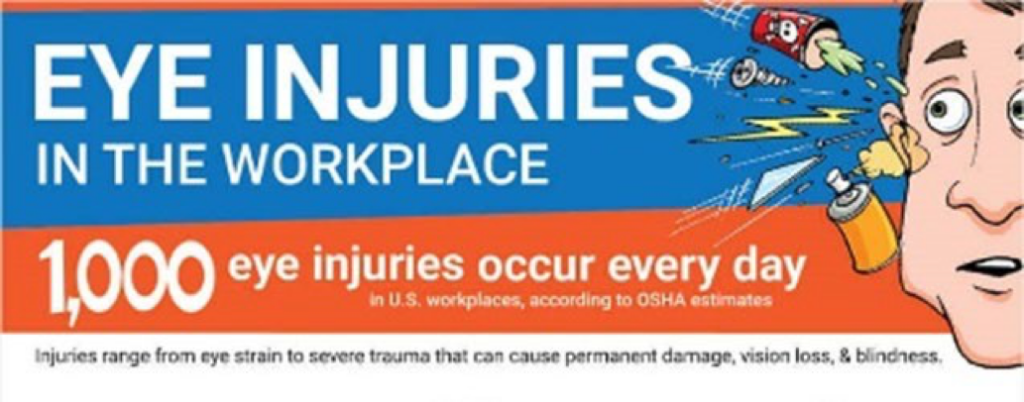Protect Your Eyes from Too Much Screen Time
First Call Environmental and the American Academy of Ophthalmology offers tips to avoid dry, strained eyes Research found that the average office worker spends 1,700 hours per year in front of a computer screen. And that doesn’t include our addiction to phones and other digital devices. All this screen time has led to an increase in complaints of eye strain, dry eye, headaches and insomnia. Here are some tips to desk workers everywhere whose eyes may need relief from too much screen time.
Why does computer use strain the eyes more than reading print material? Mainly because people tend to blink less while using computers. Focusing the eyes on computer screens or other digital displays has been shown to reduce a person’s blink rate by a third to a half, which tends to dry out the eyes. We also tend to view digital devices at less-than-ideal distances or angles.
- You don’t need to buy expensive computer glasses to get relief. In fact, a recent study concluded that blue light filters are no more effective at reducing the symptoms of digital eye strain than a neutral filter. Instead, try altering your environment with these simple tips:
- Keep your distance: The eyes actually have to work harder to see close up than far away. Try keeping the monitor or screen at arm’s length, about 25 inches away. Position the screen so your eye gaze is slightly downward.
- Reduce glare: Glass screens can produce glare that can aggravate the eye. Try using a matte screen filter.
- Adjust lighting: If a screen is much brighter than the surrounding light, your eyes have to work harder to see. Adjust your room lighting and try increasing the contrast on your screen to reduce eye strain.
- Give your eyes a break: Remember to blink and follow the 20-20-20 rule. Take a break every 20 minutes by looking at an object 20 feet away for 20 seconds. Looking into the distance allows your eyes to relax.

- Keep eyes moist: Keep artificial tears at hand to help lubricate your eyes when they feel dry. Consider using a desktop humidifier. Office buildings have humidity-controlled environments that suck moisture out of the air. In winter, heaters on high can further dry your eyes.
Those experiencing consistently dry red eyes or eye pain should visit an ophthalmologist, a physician specializing in medical and surgical eye care.
Eye injuries at work are surprisingly common – and expensive
The personal and economic toll of eye injuries at work is alarming. According to the U.S. Bureau of Labor Statistics, about 20,000 eye injuries occur in the workplace each year. Injuries on the job often require one or more missed work days for recovery. In fact, the Occupational Safety and Health Administration (OSHA) reports that workplace eye injuries cost an estimated $300 million a year in lost productivity, medical treatment and worker compensation.
These injuries range from simple eye strain to severe trauma that can cause permanent damage, vision loss and blindness.
The most important thing you can do to protect your vision at work is to always wear appropriate protective eyewear. This can prevent more than 90% of serious eye injuries.
Top causes of workplace eye injuries
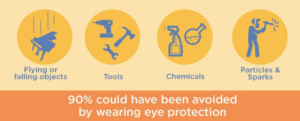 Use machine guarding, work screens or other engineering controls to protect your eyes from hazards such as:
Use machine guarding, work screens or other engineering controls to protect your eyes from hazards such as:
- Flying shards of metal or glass;
- Tools that slip or malfunction;
- Particles such as wood splinters, metal shavings or crystalline silica;
- Spattered chemicals;
- Any combination of these or other hazards.
Choose the best protective eyewear for your profession
Shield your eyes in areas where there is the slightest chance of eye injury. Anyone passing through those areas should also wear protection. This is particularly true for welders, who face a high risk of on-the-job eye injury.
The eyewear you need depends on the hazards you face. Wear:
- Safety glasses with side protection (side shields) if you work around particles, flying objects or dust;
- Goggles if you handle chemicals;
- Specially designed safety glasses, goggles, face shields or helmets if you work near hazardous radiation, such as welding, lasers or fiber optics.
All protective eyewear should comply with OSHA regulations for eye and face protection.
What to do if a coworker gets injured on the job
The human eye includes many mechanisms to protect itself from harm. Eyelashes help keep dust and debris out of your eyes and act as human whiskers, detecting objects that are near to your eye and triggering a reflexive blink. Eyebrows channel moisture, such as sweat and rain, to flow around your eyes instead of into them. And your eyelids, which have the ability to close in a fraction of a second, cover your eyes to block objects from entering them. They also work with your tears to flush foreign objects off of your cornea. Unfortunately, accidents happen, and all of these protective measures combined can’t always prevent an injury.
Workers and employers should know how to recognize an eye injury and get help right away. Delaying medical attention can result in permanent vision loss or blindness. If you or a coworker injure your eye, follow these important care and treatment guidelines for eye injuries. While the first-aid tips below represent some immediate steps, you can take after an eye injury, it is very important to always seek medical attention from an eye doctor as soon as possible. The seriousness of an eye injury is easy to underestimate, especially if it affects a part of the eye that doesn’t have pain receptors. By putting off medical attention you risk exacerbating the injury, which could lead to permanent vision loss. Only an eye care professional can thoroughly examine your injured eye and recommend the appropriate treatment.

Get medical help right away if you notice any of these signs in yourself or someone else:
- The person has obvious pain or trouble seeing;
- The person has a cut or torn eyelid;
- One eye does not move as well as the other;
- One eye sticks out compared to the other;
- The eye has an unusual pupil size or shape;
- There is blood in the clear part of the eye;
- The person has something in the eye or under the eyelid that can’t be easily removed.
ALL EYE INJURIES
- NEVER rub, touch or apply pressure to your eye.
- NEVER try to remove an object that is stuck in your eye.
- DO NOT apply medication or ointment to your eye, unless it has specifically been prescribed by a physician for the treatment of the injury.
- ALWAYS see a medical professional immediately.
CUTS OR PUNCTURES OF THE EYE
- PROTECT the eye from further damage. The bottom of a paper cup taped to the area surrounding the eye can be a good make-shift shield until you get to a doctor.
- NEVER rinse with water. This could introduce more pathogens into the wound and cause infection.
- AVOID drugs that thin the blood, such as aspirin, ibuprofen or other non-steroidal, anti-inflammatory drugs, as they may increase bleeding.
- IMMEDIATELY seek emergency medical treatment.
PARTICLES OR FOREIGN MATERIALS IN THE EYE
- DO NOT rub the eye, as this may cause abrasions to your cornea.
- GENTLY lift the upper eyelid and pull it down over the lashes of your lower lid. The lashes will act like a brush to help remove particles stuck underneath your eyelid.
- SLOWLY BLINK several times and allow tears to flush out the particles.
- KEEP YOUR EYES CLOSED, if you are unable to remove the particles, and seek medical attention as soon as possible.
CHEMICAL BURNS TO THE EYE
- IMMEDIATELY FLUSH the eye with sterile water or eyewash solution.
Seek emergency medical treatment right away.
IMPACT INJURY TO THE EYE
- GENTLY APPLY a small cold compress to reduce pain and swelling.
- Even a light impact can cause severe injury to the eye. If swelling, discoloration (black eye), pain or visual disturbance occurs, immediately seek medical attention.
SAND, DUST OR OTHER SMALL DEBRIS IN THE EYE:
- FLUSH the eye with sterile water or eyewash solution.
- If you are unable to remove the debris by flushing your eye, LIGHTLY BANDAGE the eye and see a doctor as soon as possible.
